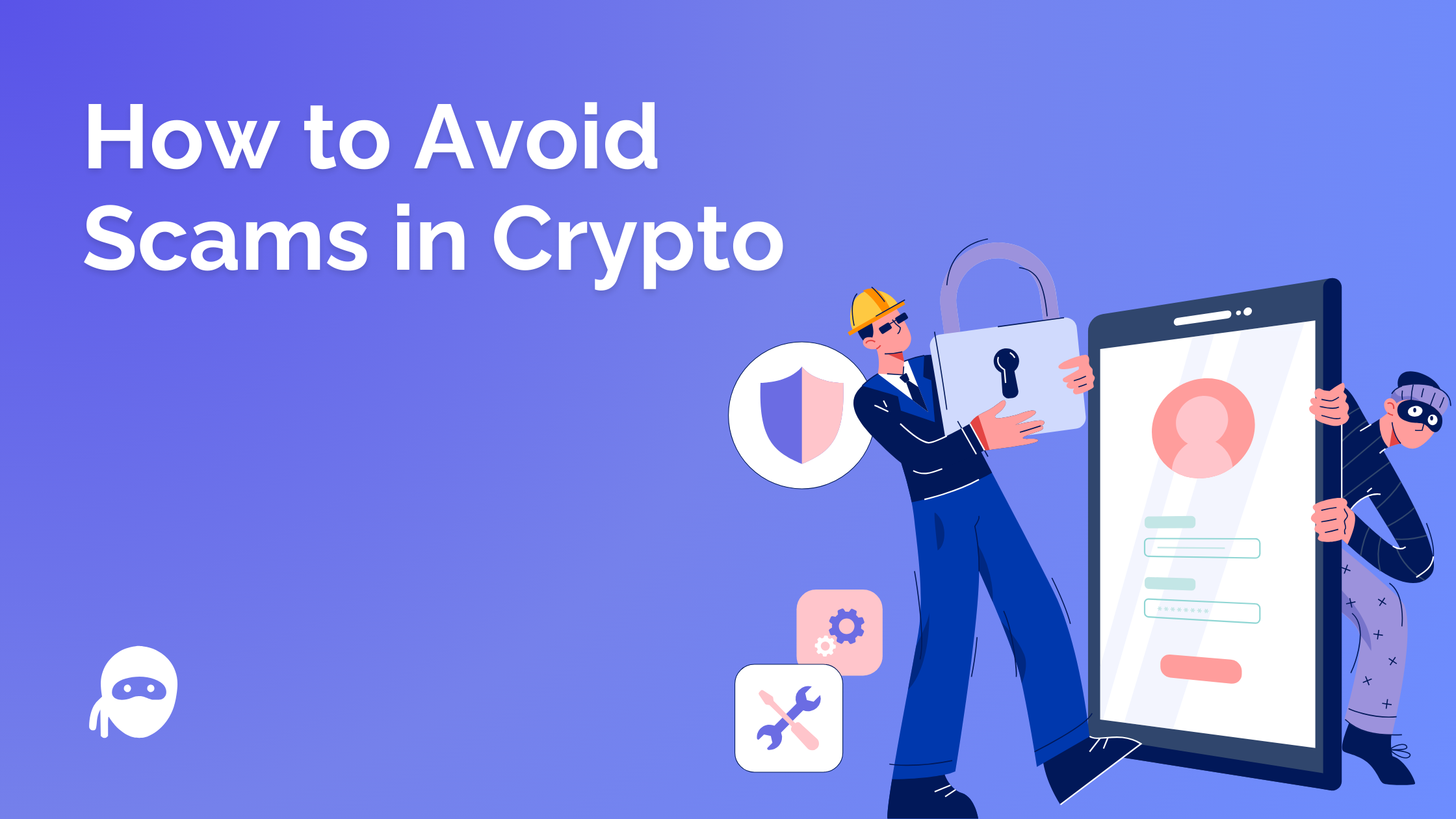How to Avoid Getting Scammed in Crypto: A Practical Guide

The Web3 ecosystem has unlocked exciting opportunities in decentralized finance (DeFi), NFTs, and blockchain technology. With innovation comes vulnerability, and scammers are quick to exploit gaps in knowledge and overconfidence. As you explore this dynamic space, being aware of potential risks and taking preventive measures is crucial. Here’s a comprehensive guide to protecting yourself and navigating Web3 securely.
- Educate Yourself About Web3
Your first defense against scams is understanding the Web3 landscape. Familiarize yourself with key concepts like wallets, blockchains, tokens, and smart contracts. Knowledge empowers you to recognize scams and avoid falling prey to suspicious activities. - Use Reputable Wallets and Platforms
Stick to well-established wallets, such as Tokeo, which prioritize user security. Thoroughly research reviews, credentials, and audits before committing to any wallet or platform. Only download apps from verified sources to minimize risks. - Beware of Phishing Scams
Phishing scams are rampant in Web3. Scammers impersonate trusted platforms to steal wallet keys or recovery phrases. Always double-check URLs, avoid clicking unknown links, and under no circumstances share your private keys or seed phrase. - Verify Every Transaction
Smart contracts often require your approval for transactions. Review the fine print carefully before proceeding, and confirm details using trusted blockchain explorers. Avoid acting hastily—malicious contracts can appear deceptively legitimate. - Avoid “Too Good to Be True” Offers
Unrealistic promises of high returns or exclusive NFT drops are common traps. Be skeptical of any offer that seems too good to be true. Verify its authenticity by researching the project and reviewing community feedback. - Stay Vigilant on Social Media
Fraudsters target unsuspecting users on platforms like Discord, Telegram, and Twitter. Be cautious of direct messages claiming to offer investment opportunities or technical support. Legitimate projects rarely contact users for sensitive information. - Use Two-Factor Authentication
Enable two-factor authentication (2FA) on all platforms connected to your Web3 wallet. This extra layer of security protects your account and prevents unauthorized access. - Research NFTs and Projects Thoroughly
Before buying an NFT or joining a new project, investigate the team behind it. Verify its authenticity, review audits, and ensure community credibility. Scammers often replicate popular projects to deceive buyers. - Keep Assets in Cold Storage
For maximum security, store your cryptocurrencies and NFTs in hardware wallets when you’re not actively trading. Cold wallets are offline, keeping your assets safe from hackers and malware. - Be Part of the Community
Engaging with Web3 communities can help you stay informed about potential scams and risks. Forums and social groups often expose fraudulent schemes early, providing valuable insights to protect your assets.
Conclusion
While Web3 is full of potential, navigating it safely requires vigilance, knowledge, and critical thinking. The principle not your keys, not your crypto holds true—take ownership of your security to enjoy the benefits of decentralization without compromising your assets.
Download and experience Tokeo on Android and iPhone here.
